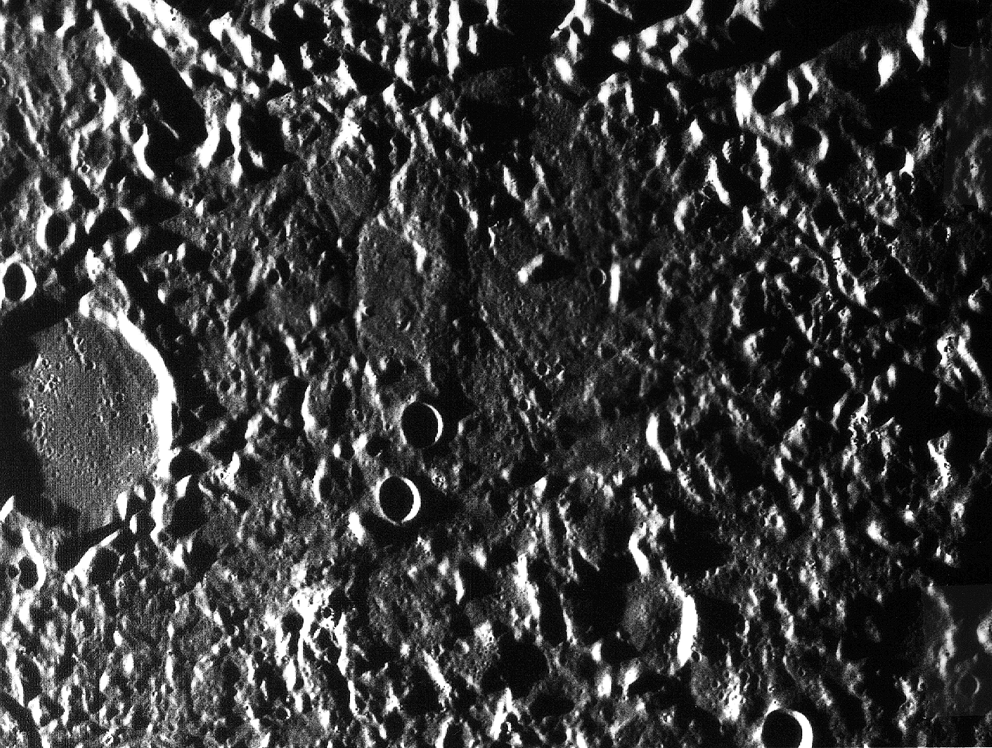For example, how come eclipses don't happen every month? Why is there a supermoon? Where did the Moon come from? What would life be like if the Moon had never existed or what would life be like if we decided to blow up the Moon (it was actually thought of at one point)? Why should did we go to the Moon originally, why haven't we gone back, and should we go in the future?
Before we get into these topics, let's learn a little about our Moon.
- It is the only natural satellite of the Earth and is the fifth largest satellite in the solar system, behind Ganymede, Titan, Callisto, and Io. It is the only celestial object, besides the Earth, that humans have stood on.
- It is approximately 238,900 miles from Earth or about 384,400 kilometers, and it took Neil Armstrong, Buzz Aldrin, and Michael Collins about 4 days to reach it from Earth.
- It has a sidereal period of 27.3 days and a synodic period of 29.5 days. We will talk about this in a future post.
- It has no atmosphere to speak of and therefore, no life.
- The Moon has a radius of 1,737 km (27.3% of Earth's) and a mass of 7.35x1022 kg (1.23% of Earth’s). On the Moon, you would weight approximately 1/6 of what you weigh on Earth. That’s why in videos, the astronauts on the moon always looked like they were bouncing. It would actually be more difficult to walk normally.
- At one point in its history, the Moon was active. This was likely to the cooling it went under after it formed and its constant bombardment by asteroids early in its life.
- It has an inclination of about 5° to the ecliptic, which I realize now I have never talked about. To learn about the ecliptic and what it is, click here.



